Asus P8P67 Series Preview
Again, Intel forbids anyone to reveal exactly what chipset these boards use (in completely unrelated news, boards such as the Asus P7P55D were for current-generation Intel processors and used the Intel P55 chipset) we can talk about some of the new features that the forthcoming range of Asus motherboards will have. Like the super-high-end Maximus IV Extreme, the new range of boards will use an EFI (Extensible Firmware Interface) BIOS, making it easier than ever to tweak and adjust settings.The EFI BIOS uses a clean graphical interface, dropping the tedious text menus in favour of fancy icons and intuitive pictures. Changing the boot priority, for example, no longer requires you to navigate across sections, find the option and re-order your drives with the plus and minus keys – instead, you just click the right picture from looked like the main screen.
We were also shown how the new EFI BIOS can make overclocking easier, with extra screen space and even diagrams to explain each setting. Asus talked to us about new overclocking features, such as adjusting the frequency of the VRMs to make an overclock more stable, as well as features we’ve already seen, such as VRM load balancing. Asus brands its new VRM design ‘Digi+ VRM ‘, which is one of the two new ‘Dual Intelligent Processors’ (or DIP) that it will include on all its LGA1155 motherboards.
The other ‘intelligent processor’ is the TPU chip, which isn’t to be confused with the EPU technology that aims to reduce power consumption. TPU is, apparently, ‘the ultimate turbo processor’, or will be until next generation of motherboards introduces the ultimate ultimate turbo processor, presumably. The TPU chip handles all the overclocking technology that’s aboard a next-gen Asus motherboard, from the switch (if the board has one) that automatically applies an overclock to the BIOS option for TurboV EVO. As it’s a piece of hardware, it can do this without having to bother the CPU, which Asus claims makes for a ‘stable and optimised result’.
Some next-gen Asus boards will be bundled with a front panel USB 3 device to connect to the USB 3 headers. The front panel box sits in a spare external 3.5in drive bay. At least some boards will also come with a Bluetooth USB micro-adapter, allowing the board to pair with a Bluetooth-enabled phone and Asus’ new BT Go! technology. This lets your phone act like a remote control for the PC, and can even sync files between the phone and the PC – this could be handy for getting photos off your phone, but we’ll have to see how limiting Bluetooth’s transfer speeds are before getting excited. You can use BT Go! to play music via Windows Media Player, and also to overclock your PC.
Lastly, Asus has revamped how all these applications and tools will appear, with its new AI Suite II interface bringing all the utilities together. It looks a lot cleaner than Smart Doctor’s horrific colour schemes, but we’ll wait till we play with it before passing too much judgement.
Now that you’ve had a look at the new motherboards and what they claim to offer, what do you think? Is Asus going to have a strong 2011 or have you seen more interesting designs from other manufacturers. And do you know anyone that’s used ROG Connect? Answers in the forum please!

MSI MPG Velox 100R Chassis Review
October 14 2021 | 15:04


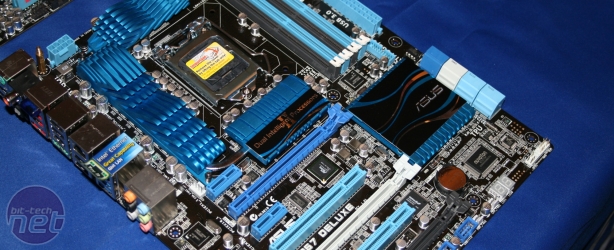
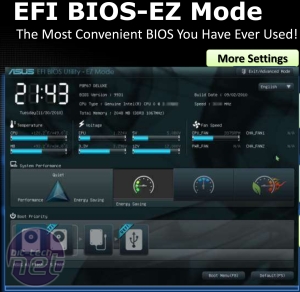
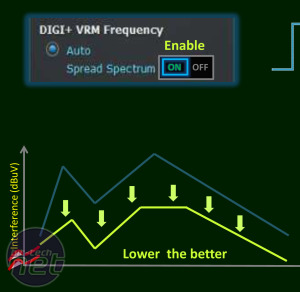
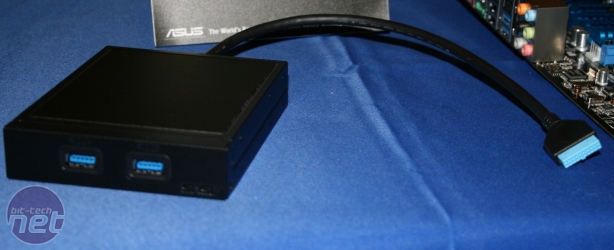
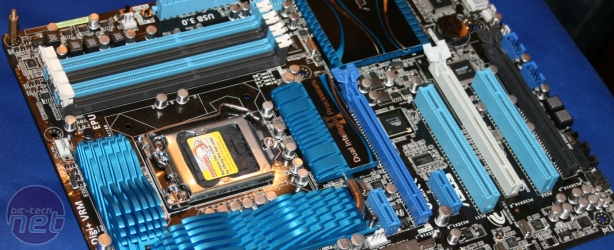







Want to comment? Please log in.